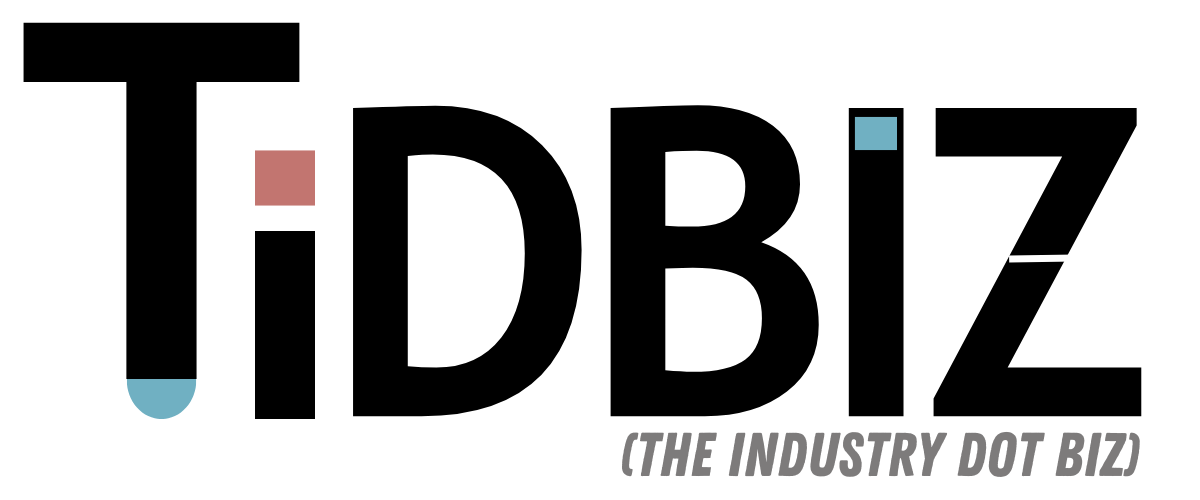Perhaps President Biden has forgotten the last time America’s land yachts, marketed to the most affluent, became impossibly expensive symbols of conspicuous consumption. It was the same year he entered Congress, 52 years ago. America and its car companies have indeed faced almost exactly the same situation as they do now, but they responded very differently back then, and America’s car companies thrived.
A Historical Parallel: The OPEC Oil Crisis of 1972
There are similarities and differences between now and the past. History doesn’t repeat, but it often rhymes (thanks, Mark Twain). In 1972, an energy crisis struck—the OPEC Oil Crisis. A group of non-American countries that produced a lot of oil decided to shut off the taps, causing a spike in oil prices.
Prior to that, the USA was awash in cheap foreign and domestic oil. Detroit’s average vehicle weighed two of those weird Imperial American tons. Today, American cars average 2.05 American tons. The supersizing of American automobiles today mirrors the past. When OPEC shut off the taps, those land yachts became incredibly expensive and inconvenient.
The Rise of Japanese Automakers
What happened next? Toyota, Nissan, and Honda were building cheap, reliable, efficient cars because they weren’t Americans. Japan was emerging as an economic powerhouse. Fears about it eclipsing America were rising. North American automakers failed to build cheap, affordable, and fuel-efficient cars.
Japanese automakers stepped in. America embraced them to build the cheap, efficient, low-margin cars that American automakers weren’t interested in building. In 1982, 1983, and 1984, Honda, Nissan, and Toyota respectively opened American car manufacturing plants. Americans who couldn’t afford land yachts bought these cars.
The American Car Market Today
Today, 92% of Americans’ daily trips are by car, compared to 45% in Europe and 30% in Asia. In North America, cars are essential. American car companies didn’t disappear; they kept selling to the top 40% of income earners. The middle 20% to 40% bought Japanese cars. The bottom 20% to 40% bought different used cars. American car companies did fine.
The Economic Shift and Reaganomics
Then came Reaganomics. Very rich, mostly white men realized money could buy tax breaks. Supply side economics led to the rich getting richer while everyone else got poorer. From 1980 to recently, the bottom 80% had flat or declining real incomes. The Gini Index for the USA increased, indicating growing inequality.
Biden’s EV Tariff and Its Implications
This leads us to Biden’s 100% tariff on Chinese EVs. The average American’s ability to buy a new car versus a used car has shifted. The top 20% buy new cars every 1 to 4 years. Some of the 60% to 80% buy new cars every 4 to 8 years. Everyone else buys increasingly old used cars. In 1980, the average car age was about 5.6 years. By 1990, it was around 7.8 years. In 2023, it was 12.5 years.
Some of this is due to cars being better made now. They last longer. But much is due to the rich affording new cars, American companies shifting to higher profit customers, and others being unable to afford SUVs and pickups.
Could Chinese EVs be the Solution?
In 1970, American cars were huge, gas was cheap, and then the crunch came. Now, American cars are huge, only 20% of Americans can afford them, and a reality check has arrived. Can American car companies adapt and sell the equivalent of Japanese econoboxes from the early 1980s? Not likely. Could America welcome Chinese automakers to build affordable cars on American soil? Certainly.
That’s what America did in the 1980s, and American car companies survived. But now, Japanese car firms are like American companies of 1970, selling high-margin SUVs and pickups to the top 20%. They aren’t saving America from itself because they are also affected by corporate challenges.
Why Biden’s Tariff is a Mistake
Biden’s 100% tariff on Chinese EVs is a mistake for several reasons:
- Union Influence: Biden is beholden to unions, which are inherently protectionist. Unions are fighting electrification because it might require fewer workers.
- Institutional Sinophobia: America never defeated China as it did Japan. Past conflicts in East Asia didn’t end favorably for the USA, leading to ongoing suspicion and fear.
- Basic Xenophobia and Racism: Many Americans believe China is inferior, despite China’s advances in education and patents.
- Need for an External Enemy: America often needs an external enemy to rally against, and China fits this role.
- Economic Realities: The USA is in a moderately stagnant phase of its empire, likely to cede its position to the next global power.
Conclusion: Learn from the Past
In the 1980s, welcoming Japanese automakers helped American consumers and the economy. Welcoming Chinese EV manufacturers could similarly benefit America today. Instead, Biden’s tariffs could harm Americans, the economy, and climate goals. It’s not about what’s best for Americans but about political fears and misconceptions. It’s time to learn from history and make decisions that truly benefit the country.
